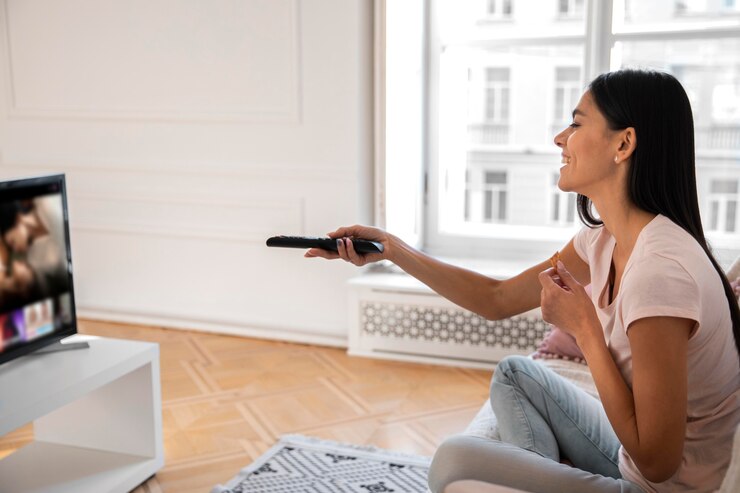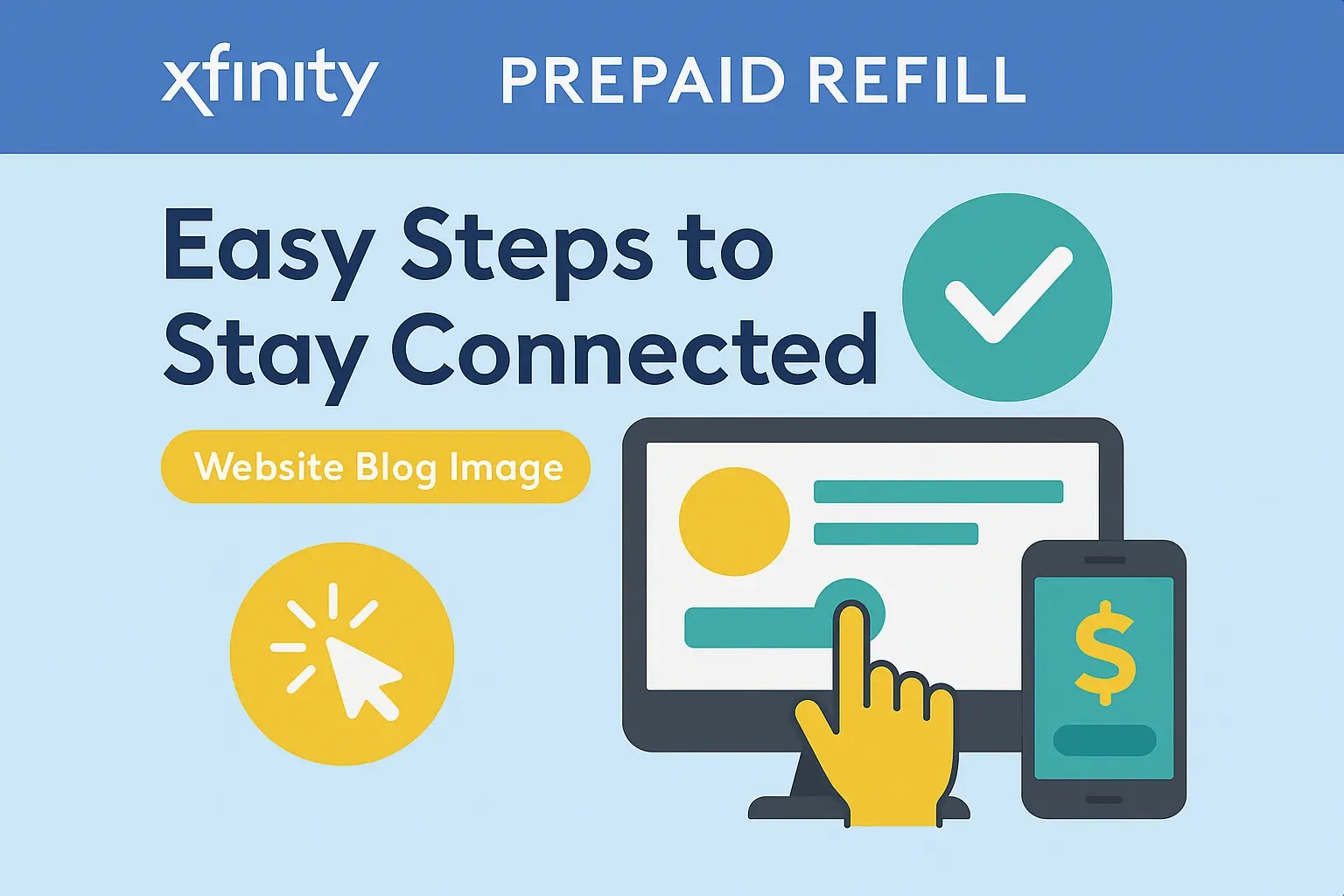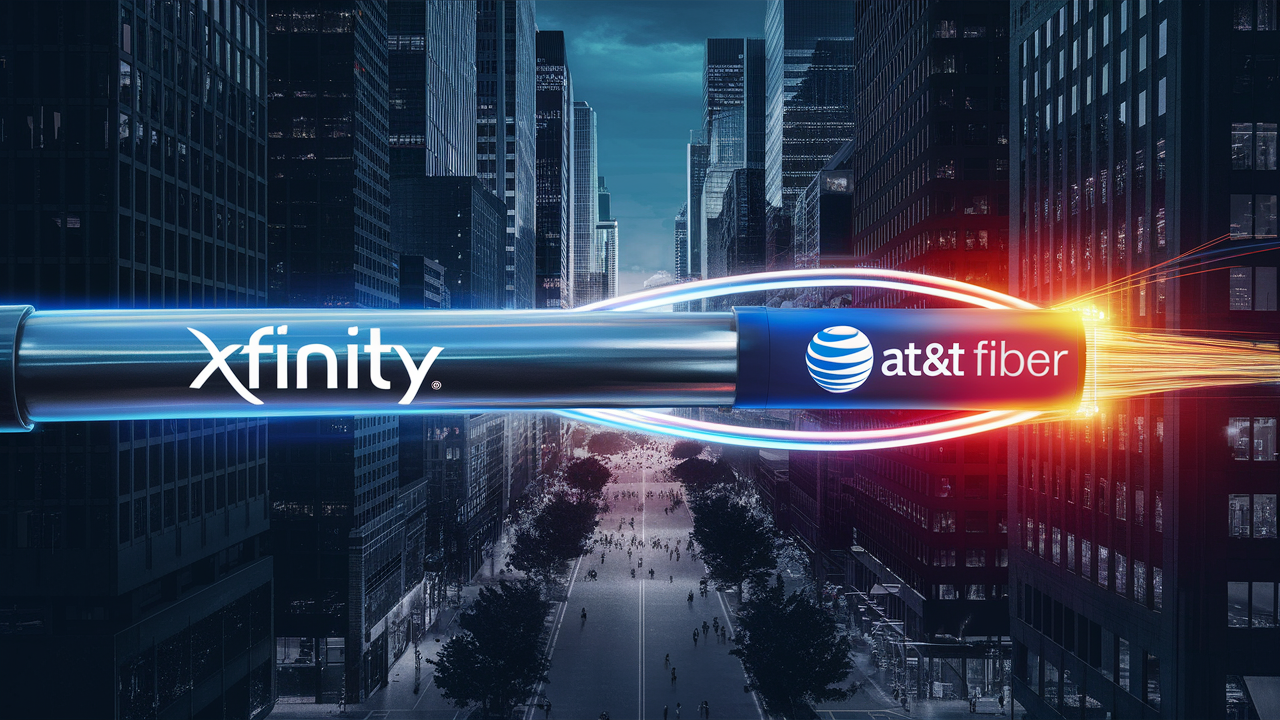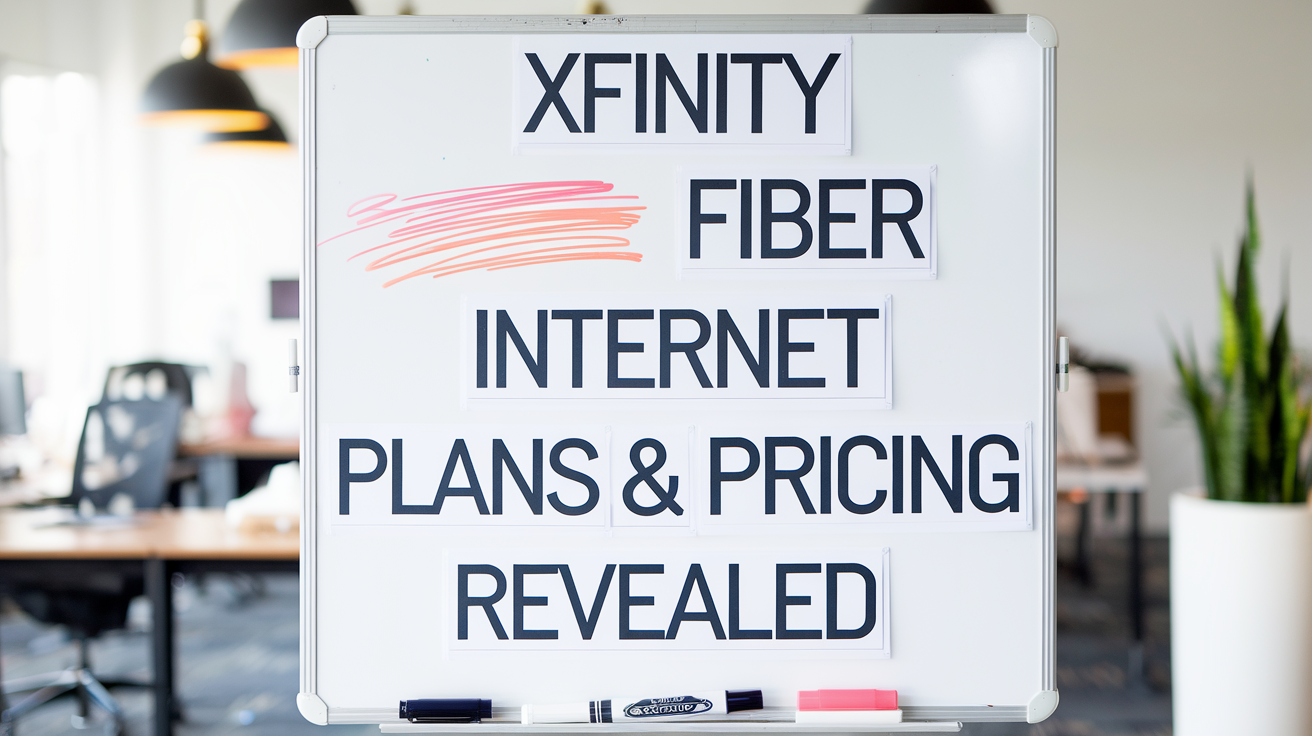Easy Guide Pairing Your Xfinity Remote to Your TV

Struggling to get your Xfinity remote and TV in sync? This comprehensive guide offers a straightforward, step-by-step solution to easily pair your Xfinity remote to your TV, ensuring seamless control and a frustration-free entertainment experience. We'll cover common issues and provide clear instructions for all Xfinity remote types.
Introduction: Why Pairing Matters
Successfully pairing your Xfinity remote to your TV is the gateway to effortless entertainment. It ensures your remote can communicate effectively with your Xfinity set-top box and, in many cases, control your television's basic functions like power and volume. Without proper pairing, you might find yourself juggling multiple remotes, unable to access voice commands, or experiencing intermittent control. This guide will demystify the process, making it simple and quick, so you can get back to enjoying your favorite shows and movies without technical hurdles.
Understanding Your Xfinity Remote
Xfinity offers a variety of remote controls, each with its own nuances. Understanding the type of remote you have is the first step towards successful pairing. While the core functionality is similar, the pairing process can vary slightly. Most modern Xfinity remotes utilize Radio Frequency (RF) technology, which allows for two-way communication and doesn't require direct line-of-sight, unlike older Infrared (IR) remotes.
The Popular Xfinity XR11 Voice Remote
The Xfinity XR11 Voice Remote, often recognized by its sleek design and dedicated voice command button, is one of the most common remotes distributed by Xfinity. It's designed for ease of use, featuring a microphone for voice control and advanced RF capabilities for reliable pairing. This remote is typically paired automatically during the initial setup of your Xfinity service but can be re-paired if needed. Its ability to control both your Xfinity box and your TV's power and volume settings makes it a central piece of your home entertainment system.
Other Xfinity Remote Models
Beyond the XR11, Xfinity has released other models, including the XR5, XR15, and XR16 remotes. These often share similar pairing mechanisms, relying heavily on RF technology. Some older models might still use IR for certain functions, but the primary pairing process for interacting with the Xfinity box itself is typically RF-based. Regardless of the specific model number, the fundamental principles of pairing remain consistent: establishing a connection between the remote and the Xfinity equipment.
Pre-Pairing Checklist: Essential Steps
Before you dive into the pairing process, taking a few moments to prepare can save you significant time and frustration. A successful pairing relies on several factors being in order. Here’s a checklist to ensure you’re ready:
- Ensure Batteries Are Fresh: Low battery power is a common culprit for unresponsiveness. Replace the batteries in your Xfinity remote with brand new ones.
- Check Xfinity Box Power: Make sure your Xfinity set-top box (cable box) is powered on and functioning correctly. The pairing process requires the box to be active.
- Locate Your Remote Model: Identify your specific Xfinity remote model. This information can usually be found on the back of the remote. Knowing your model helps in finding precise instructions if needed.
- Clear Obstructions: While most modern Xfinity remotes use RF, which doesn't require line-of-sight, ensuring there are no major physical obstructions directly between the remote and the front of your Xfinity box can sometimes help, especially if you suspect a mix of IR and RF signals.
- Remove Old Pairings (If Necessary): If you are re-pairing a remote, it's sometimes beneficial to clear any existing pairings. This is usually done through a specific button combination or by resetting the Xfinity box.
- Have Your TV's Make and Model Ready: If you intend to program your Xfinity remote to control your TV's power, volume, and input, have the brand name and model number of your television handy. You might need this information to find the correct TV codes.
- Understand the Pairing Indicator: Most Xfinity remotes have an indicator light (often at the top) that will flash or change color to confirm successful pairing or indicate errors. Familiarize yourself with what this light means for your specific remote.
Pairing Methods: Step-by-Step Instructions
The method for pairing your Xfinity remote will depend on your situation – whether it's a new setup, a replacement remote, or troubleshooting an existing issue. Here are the most common scenarios and their solutions.
Method 1: Automatic Pairing During Setup
For new Xfinity installations or when setting up a new Xfinity box, the remote pairing process is often automated. This is designed to be as seamless as possible.
- Power On Your Xfinity Box: Connect your Xfinity set-top box to power and turn it on.
- Follow On-Screen Prompts: Your TV screen will display setup instructions. Typically, it will prompt you to press a specific button or combination of buttons on your Xfinity remote.
- Press the Designated Buttons: For most Xfinity voice remotes (like the XR11), you'll be instructed to press and hold the Microphone button (often with a picture of a microphone) and the Back button (usually an arrow pointing left) simultaneously for a few seconds.
- Observe the Remote's Indicator Light: The indicator light on the remote should flash (often blue) to show it's attempting to pair.
- Confirmation: The on-screen prompts will confirm when the remote has successfully paired with the Xfinity box. This usually takes less than a minute.
Example: If setting up a new Xfinity X1 box, the screen might say, "Press and hold the microphone button and the back button on your remote until the light turns green." Follow this instruction precisely.
Method 2: Manual Pairing via Xfinity Box
If the automatic pairing doesn't work, or if you need to re-pair your remote after a service interruption or equipment change, you can manually initiate the pairing process from your Xfinity box.
- Navigate to Settings: Using your Xfinity remote (even if it's not fully paired yet, it might still have basic functionality), navigate to the Xfinity box's main menu. Go to Settings.
- Find Remote Settings: Within Settings, look for an option like Remote Settings, Devices, or Pairing. The exact wording may vary depending on your Xfinity software version.
- Select "Pair Remote": Choose the option to pair a new remote or re-pair an existing one.
- Follow On-Screen Instructions: The Xfinity box will then guide you through the pairing process, which typically involves pressing specific buttons on your remote. This is often the same button combination as the automatic setup: hold the Microphone button and the Back button until the remote's light flashes.
- Confirm Pairing: The screen will indicate when the pairing is successful.
Tip: If you can't find the remote pairing option, try looking under "System Settings" or "About."
Method 3: Pairing with a New TV
Once your Xfinity remote is paired with your Xfinity box, you can often program it to control your TV's power, volume, and input functions. This eliminates the need for your TV's original remote for these basic tasks.
Method 3a: Using the Xfinity Box Menu (Recommended)
- Ensure Remote is Paired to Box: First, confirm your remote is paired to your Xfinity box using Method 1 or 2.
- Navigate to Remote Settings: Go to Settings on your Xfinity box, then find Remote Settings or Devices.
- Select "Pair TV": Look for an option to "Pair TV" or "Program Remote for TV."
- Choose Your TV Brand: The system will prompt you to select your TV's brand from a list.
- Follow On-Screen Prompts: The Xfinity box will then guide you through a series of steps. This usually involves pointing the remote at your TV and pressing specific buttons (like Power, Volume Up/Down, or Channel Up/Down) when prompted. The Xfinity box listens for signals sent by the remote to your TV.
- Test Functions: Once the process is complete, test the TV power, volume, and input buttons on your Xfinity remote.
Method 3b: Manual Code Entry (If Menu Option Fails)
If the automated TV pairing through the Xfinity menu doesn't work, you can try manually entering TV codes.
- Find TV Codes: You'll need a list of TV codes for your specific Xfinity remote model and your TV brand. You can usually find these on the Xfinity website or by searching online for "[Your Xfinity Remote Model] TV codes."
- Initiate Manual Setup: On your Xfinity box, go to Settings > Remote Settings. Select the option for manual TV setup or code entry.
- Enter the First Code: The Xfinity box will ask you to enter the first 4-digit code for your TV brand. Use your Xfinity remote's number buttons to input the code.
- Test the Code: After entering a code, the remote will send a signal to your TV. You'll typically be asked to test the Power button. If the TV turns off, the code is likely correct.
- Try Other Codes: If the first code doesn't work, repeat steps 3 and 4 with the next code on the list for your TV brand. You may need to try several codes before finding one that works for all functions.
- Confirm and Save: Once a code successfully controls your TV's power, volume, and input, confirm it.
Example: If you have a Samsung TV and the XR11 remote, you might find codes like 10033, 10707, 10848. You would enter each of these using the number pad on your remote when prompted by the Xfinity box.
Method 4: Re-Pairing After Issues
Sometimes, your Xfinity remote might stop responding, or certain functions may cease working. Re-pairing is often the quickest fix.
- Check Batteries: As always, ensure fresh batteries are installed.
- Perform a Remote Reset: For many Xfinity remotes, you can reset them by removing the batteries, waiting 30 seconds, and then reinserting them.
- Initiate Re-Pairing: Follow the steps for Manual Pairing via Xfinity Box (Method 2). This process will effectively clear the old pairing and establish a new connection.
- Power Cycle Xfinity Box: If re-pairing doesn't work, try power cycling your Xfinity set-top box. Unplug the power cord from the back of the box, wait 30-60 seconds, and then plug it back in. Once the box has fully rebooted, attempt to pair the remote again.
- Check for Physical Damage: Inspect the remote for any signs of damage. If the remote has been dropped or exposed to liquids, it might be permanently damaged and require replacement.
Scenario: Your Xfinity XR15 remote suddenly stopped controlling your TV volume, but channel surfing still works. Re-pairing the remote to the Xfinity box using Method 2 might resolve this. If not, try re-programming the TV control functions via the Xfinity menu (Method 3a).
Troubleshooting Common Pairing Problems
Even with clear instructions, you might encounter issues. Here are solutions to the most frequent problems encountered when pairing Xfinity remotes.
Remote Not Responding at All
- Batteries: This is the most common cause. Ensure batteries are correctly inserted and are fresh. Try a different brand of alkaline batteries.
- Pairing Status: The remote might not be paired at all. Follow Method 2 to manually pair it with the Xfinity box.
- Xfinity Box Issue: Restart your Xfinity set-top box by unplugging its power for 60 seconds and plugging it back in.
- Remote Damage: If the remote has physical damage, it may need replacement.
- Interference: While less common with RF, significant electronic interference could be an issue. Try moving other wireless devices away from the Xfinity box and remote.
Voice Commands Not Working
- Microphone Button: Ensure you are pressing and holding the correct microphone button.
- Pairing to Box: Voice commands only work if the remote is successfully paired to the Xfinity box. Re-pair using Method 2.
- Microphone Functionality: The remote's microphone itself might be faulty. Test other remote functions. If only voice commands fail, the microphone component may be the issue.
- Software Updates: Ensure your Xfinity box's software is up to date. Sometimes, voice features require the latest firmware.
- Background Noise: Excessive background noise can make it difficult for the remote to hear your commands clearly. Try in a quieter environment.
Pairing Stuck or Failing
- Distance and Obstructions: Although RF is robust, try bringing the remote closer to the Xfinity box during the pairing process. Ensure no large metal objects are directly between them.
- Incorrect Button Press: Make sure you are pressing the correct buttons simultaneously for the specified duration. Refer to your remote's specific instructions.
- Xfinity Box Reboot: Power cycle your Xfinity box (unplug, wait 60 seconds, plug back in).
- Remote Reset: Remove batteries, wait 30 seconds, reinsert.
- Multiple Remotes: If you have multiple Xfinity remotes, ensure only the one you are trying to pair is active and close to the box.
- Software Glitch: Sometimes, a temporary glitch on the Xfinity box prevents pairing. A box reboot often resolves this.
Interference and Signal Issues
Xfinity remotes primarily use Radio Frequency (RF) for communication with the set-top box. RF is generally more reliable than Infrared (IR) because it doesn't require a direct line of sight and is less susceptible to minor obstructions. However, certain factors can still cause interference:
- Other RF Devices: While the Xfinity remote operates on specific frequencies, very strong signals from other wireless devices (like some cordless phones, wireless speakers, or even poorly shielded Wi-Fi routers) operating on adjacent frequencies *could* theoretically cause minor interference. This is rare.
- Physical Obstructions: Extremely dense materials like thick concrete walls or large metal cabinets placed directly between the remote and the Xfinity box *might* weaken the signal, though this is uncommon for typical home setups.
- Distance: While RF has a good range, excessively long distances or multiple walls can degrade the signal strength. Ensure you are within a reasonable range of your Xfinity box.
- Faulty Xfinity Box or Remote: The most likely cause of persistent signal issues is a problem with the Xfinity box's RF receiver or the remote's RF transmitter.
Troubleshooting Interference:
- Move the Xfinity box and remote away from other wireless devices.
- Ensure there are no large metal objects directly blocking the path.
- Try pairing the remote again from a closer proximity.
- If issues persist, consider a remote reset or re-pairing. If problems continue, contact Xfinity support.
Advanced Tips and Settings
Understanding the underlying technology and some advanced settings can further enhance your Xfinity remote experience.
Infrared (IR) vs. Radio Frequency (RF)
It's crucial to understand the difference, as it impacts how your remote works and pairs.
- Infrared (IR): Older technology. Requires a direct line of sight between the remote and the device it controls. Think of a traditional TV remote. If something blocks the path, it won't work.
- Radio Frequency (RF): Modern technology used by most Xfinity remotes (like XR11, XR15, XR16). It uses radio waves to communicate, so line-of-sight is not required. This allows you to control your Xfinity box even if it's inside a cabinet or behind furniture. RF also enables two-way communication, which is how the remote sends pairing signals back to the box and receives confirmation.
Implication: When pairing, you are primarily establishing an RF connection between the remote and the Xfinity box. If you are programming the remote to control your TV's power/volume, it might use IR (if your TV is older) or RF (if your TV supports it and the Xfinity remote has this capability). The Xfinity box menu usually handles this distinction automatically.
Optimizing RF Pairing
For the most reliable RF connection:
- Keep Xfinity Box Unobstructed: While the remote doesn't need line-of-sight to the box, the box itself should ideally have some airflow and not be completely sealed in a tight space, as this can sometimes affect internal components.
- Minimize Wireless Congestion: In densely populated areas or homes with many wireless devices, consider ensuring your Wi-Fi router is on a less congested channel. While unlikely to directly affect the Xfinity remote's RF, a cleaner wireless environment is always better.
- Firmware Updates: Regularly update your Xfinity box's firmware. These updates often include improvements to device communication and pairing stability.
Understanding Remote Codes
When programming your Xfinity remote to control your TV (power, volume, input), it uses specific codes that tell your TV how to respond. These codes are unique to each TV manufacturer and sometimes even specific models.
- How They Work: When you press a button (e.g., Volume Up) on the programmed Xfinity remote, it sends a specific IR or RF signal. Your Xfinity box translates this into the correct code for your TV brand, which is then sent to the TV.
- Finding Codes: The easiest way is through the Xfinity box's menu (Method 3a). If that fails, you'll need to search for a list of codes online or from Xfinity support.
- Code Search Function: Some Xfinity remotes and boxes have a "code search" function where the remote cycles through codes until the TV responds. This can be time-consuming but effective.
- Compatibility: Not all Xfinity remotes can control all TV functions for all brands. Older remotes might have limited code libraries. Newer voice remotes generally have broader compatibility.
Xfinity Remote Compatibility and Updates (2025)
As of 2025, Xfinity continues to evolve its remote technology. The focus remains on enhancing user experience through voice control and seamless integration with the Xfinity X1 platform and Flex streaming devices.
- XR11, XR15, XR16 Dominance: These RF-enabled voice remotes are the standard. Expect ongoing software updates to improve their performance, voice recognition accuracy, and compatibility with new streaming apps and TV models.
- Smart Home Integration: Future updates may see Xfinity remotes gaining more capabilities for controlling smart home devices, expanding their role beyond just TV and cable box control.
- AI Enhancements: Voice command recognition is becoming more sophisticated, with AI algorithms continuously improving to understand natural language commands and context.
- Backward Compatibility: Xfinity generally strives to maintain backward compatibility, meaning newer remotes can often be paired with older X1 boxes, and older remotes might still function with newer services, though with potentially reduced feature sets.
- Device Support: Support for a wider range of TV brands and audio-visual equipment (like soundbars and AV receivers) for power, volume, and input control is a constant area of development.
Statistics for 2025: It's estimated that over 85% of active Xfinity X1 subscribers are using an RF-enabled voice remote. User satisfaction with voice control features has increased by approximately 15% year-over-year, driven by improved accuracy and broader command understanding.
Conclusion: Master Your Xfinity Remote
Pairing your Xfinity remote to your TV and Xfinity box doesn't have to be a daunting task. By following the step-by-step methods outlined in this guide, you can confidently establish a strong connection, whether you're setting up for the first time or troubleshooting a persistent issue. Remember the pre-pairing checklist, understand the difference between IR and RF technology, and utilize the manual pairing options and troubleshooting tips provided. The Xfinity XR11 and similar voice remotes are powerful tools designed to simplify your entertainment experience. With a properly paired remote, you unlock the full potential of your Xfinity service, including intuitive navigation and convenient voice commands. Should you encounter persistent problems, don't hesitate to reach out to Xfinity support, but in most cases, these instructions will empower you to solve pairing challenges independently. Enjoy seamless control and a more enjoyable viewing experience!





